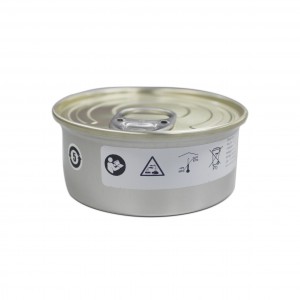1. Electrochemical oxygen sensor
Electrochemical oxygen sensing elements are mainly used to measure the oxygen content in ambient air. These sensors are integrated in the RGM machine to measure the concentration of the oxygen supply. They leave chemical changes in the sensing element, resulting in an electrical output proportional to the oxygen level. Electrochemical sensors convert chemical energy into electrical energy through oxidation and reduction processes. It provides an electrical output to the device proportional to the percentage of oxygen in the cathode and anode. The oxygen sensor acts as a current source, so the voltage measurement is made through the load resistor. The output current of the oxygen sensor is proportional to the rate of oxygen consumption by the oxygen sensor.
The output current of an electrochemical sensor is usually measured in microamps (a). This current occurs when electrons pass through the oxidation process at the anode and ions diffuse into the electrolyte solution from the oxygen reduction process at the cathode.

2. Fluorescent oxygen sensor
Optical oxygen sensors are based on the principle of fluorescence quenching of oxygen. They rely on the use of light sources, light detectors and luminescent materials that react to light. Luminescence-based oxygen sensors are replacing electrochemical oxygen sensors in many fields.
The principle of molecular oxygen fluorescence quenching has long been known. Some molecules or compounds fluoresce (ie, emit light energy) when exposed to light. However, if oxygen molecules are present, the light energy is transferred to the oxygen molecules, resulting in less fluorescence. By using a known light source, the detected light energy is inversely proportional to the number of oxygen molecules in the sample. Therefore, the less fluorescence is detected, the more oxygen molecules must be present in the sample gas.
In some sensors, fluorescence is detected twice within a known time interval. Instead of measuring total fluorescence, the decrease in fluorescence over time (ie, fluorescence quenching) is measured. This decay-based time approach allows for simpler sensor designs.
The pipeline fluorescent oxygen sensor LOX-02-F is a sensor that utilizes the fluorescence quenching of oxygen to measure ambient oxygen levels. Although it has the same columnar structure and 4-series size as conventional electrochemical sensors, it does not absorb oxygen and has the advantage of a longer lifetime (5 years). This makes it useful for devices such as room oxygen depletion safety alarms that monitor sudden drops in oxygen levels in compressed gas stored in indoor air.
Post time: Mar-09-2022

